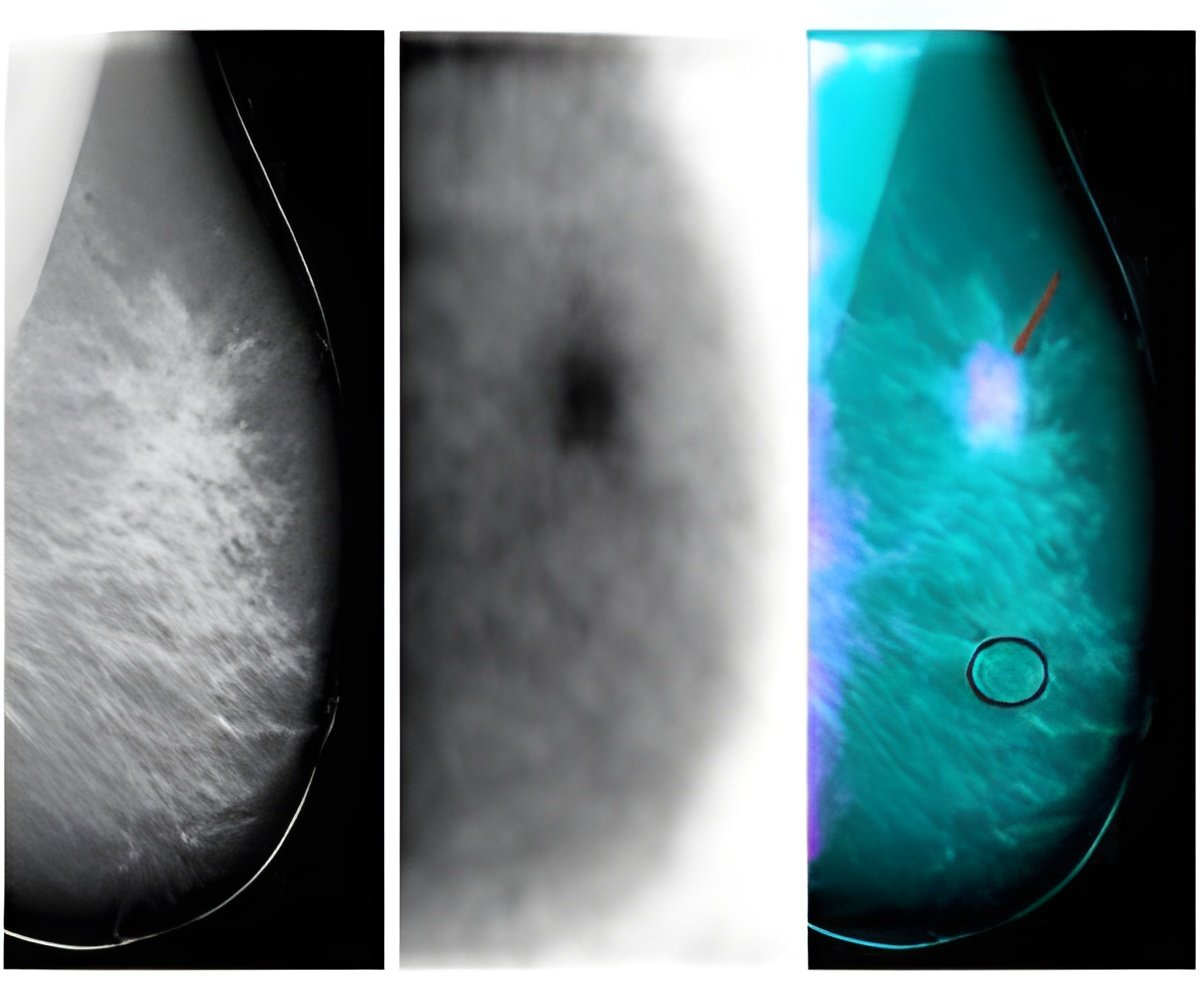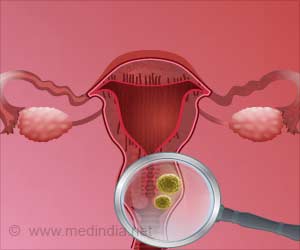Researchers revealed that they have identified a protein that increases the likelihood of breast cancer cells being metastasized.

The study, which appears in the July 10 issue of Nature, points to the possibility of new cancer therapies that target this "master regulator" that helps set metastasis in motion.
"Although the research is in its very early days, if we learn more about how this regulation works, we may in the future be able to generate drugs that prevent this protein from triggering metastatic disease," says Sohail F. Tavazoie, senior author on the study. Tavazoie is Leon Hess Assistant Professor and head of the Vincent Meyer Laboratory of Systems Cancer Biology at Rockefeller.
During the study, Tavazoie and his colleagues used technology previously developed by first author Hani Goodarzi and co-author Saeed Tavazoie, a professor at Columbia University, to measure a new layer of regulation in cancer cells. In order to understand what triggers cells to become malignant, scientists often look at sequences of DNA, searching for genes which are turned on or off in cancerous cells. But in recent years, they've uncovered many new mechanisms that govern cell activity, including some that act on RNA, the genetic material that helps cells make proteins using instructions encoded in DNA. The special strength of Goodarzi and Saeed Tavazoie's tool is that it doesn't look simply at the sequence of RNA–it also looks at its shape.
It turns out, the shape of an RNA molecule matters. Specifically, some segments of messenger RNA form hairpin loops, which create sites for key proteins to bind to and regulate that RNA – telling the cell to destroy it, for instance. "These structural differences help determine RNA's fate, by exposing or hiding the binding sites for those key proteins," says Goodarzi.
So Goodarzi and Saeed Tavazoie developed a computer algorithm that scans samples of cancer cells and identifies patterns in the shapes and sequences of RNA. In the current study, the authors applied this algorithm to breast cancer cells. In cells prone to metastasis, for example, the scientists found certain RNA hairpin loops that were overrepresented in the sequences of RNAs targeted for destruction. They then identified a protein that binds to those hairpin sequences – TARBP2, known to play a role in the formation of small RNAs known as microRNAs. But here, it appears TARBP2 can also act as a "master regulator" of RNA itself, by binding to multiple sites and causing a suite of changes that lead to metastasis – including the destruction of the RNAs that carry those key binding sites. Indeed, they found that TARBP2 is overexpressed in cells prone to metastasizing, as well as in metastatic human breast tumors themselves.
Advertisement
"This was a surprising finding, because these genes are normally associated with neurodegeneration are now implicated in breast cancer metastasis and progression," says Tavazoie. "It's interesting that these totally disparate disease processes have a potential molecular link. We don't know what that means yet."
Advertisement
The study raises hopes of new cancer therapies that target this "master regulator," TARBP2. "If we can understand the mechanism by which TARBP2 interacts with RNA, maybe in the future we could generate drugs that prevent it from sitting on RNA structures and shutting down the genes that suppress metastatic disease," says Tavazoie.
Just what these findings say about the relationship between cancer and neurodegeneration – two of the most common diseases of old age – is still unclear, he adds. "All we can say here is that APP and ZNF395, besides being associated with neurodegeneration, also seem to play a functional role in the progression of breast cancer. We can't really make any statements about why this is – it could simply be that breast cancer cells use whatever mechanisms necessary to spread throughout the body, and these genes serve that purpose."
Of course, any future therapies that halt metastasis by blocking TARBP2 will have to sidestep the potential risk of promoting neurodegeneration in the process, cautions Goodarzi. All of that will have to be worked out in the lab, agrees Tavazoie.
Funding for the research was provided in part by the National Institutes of Health and the Department of Defense.
Source-Eurekalert















